Socotra Caves
The Hoq cave inscriptions were recently discovered on Socotra, an island 325 km off African coast. The cave has 216 ancient inscriptions from 100 BC - 600 AD. From these, we can learn a bit about ancient Hindus & Hinduism.
Of the 216 inscriptions, 193 are Indian inscriptions in Sanskrit and hybrid Sanskrit. By 117 different Indians. Many #Hindus, some Buddhists, some can be either.
The Hoq cave also has 11 South Arabian inscriptions, 8 Aksumite (Ethiopian), 3 Greek and 1 Aramaic (Syria) inscription. A palmyrene tablet (Carbon-14 dated: 78-239 AD). Plus some drawings. Vast majority are Indian inscriptions & drawings.
192 inscriptions are in western Brahmi script. 1 Kharoshthi. Paleography: 100–500 AD. Five mention city of Bharukaccha (= Bharuch, Bhrigukaccha). One mentions Vidisha (Madhya Pradesh). So, these ancient Indians were from west India (Gujarat+nearby).
Of 117 ancient Indian names, majority Hindus, others: Buddhists, or can be either, Hindu names linked to Shiva, Vishnu, Skanda/Kumara, Surya, etc. Drawings include Hindu Trishula.
Conclusions:
- Hinduism thriving between 100 BC-600 AD, same deities back then
- Hindu names similar in 100-600 AD (e.g. Ajit Varma, Rudra Datta, Surya Sinha, Vishnu Bhatti, etc). Hoq inscriptions: 172 in Sanskrit, 21 in Hybrid Sanskrit. Some mention professions & titles: navik (sailor), vani (merchant), aramika (gardener), acharya (teacher), ksatrapa (noblemen?), yavana (?), etc.
- Hindus (+Buddhists) wrote in Sanskrit or Hybrid Sanskrit. Hindus from different backgrounds and professions could read and write. Hindu literacy was broad, Sanskrit education not denied to different classes.
- Why is a Hindu gardener or teacher (or teacher’s son) on ship or visiting Socotra? Seems like Hindus were free to practice different professions in Kushana & Gupta era. Some inscriptions include multiple Hindu names. One inscription includes Hindu and Buddhist names together. Near this inscription, amongst other things, is a Buddhist stupa drawing sketched by a Hindu.
- Ancient Hindus & Buddhists lived, worked together. Socotra is 2000 kilometers from Indian coastline. Paleographic analysis confirms the Hoq inscriptions were written in different decades, different centuries. Numerous ships must have come to Socotra between 100 BC–600 AD.
- Ancient Hindus were seasoned in ship building, sailing, trading with Ethiopians, Syrians, Greeks, etc (since the cave has non-Indian inscriptions). Hoq cave is 1000+ feet above sea level, over a long hike (takes about 2.5 hours from shore). Cave is big, beautiful, 2+ kilometers deep. After the first few hundred feet, the cave is pitch dark inside. Full of stalactites, stalagmites, few small water pools. Ancient visitors must have brought a fire torch with them. To write, they used nearby mud, burnt charcoal, and broken stalagmite. Natural barriers & darkness make it difficult to find & reach the deepest point of the cave. But ancient Hindus+Buddhists reached it, left inscriptions.
- Ancient Hindus were explorers with a sense of creative adventure. We see something similar with Hindu Sanskrit inscriptions found in many parts of southeast Asia. These likely came from visitors from ports in modern Tamil Nadu, Andhra Pradesh, Odisha, Bengal (Kalinga+Tamils).
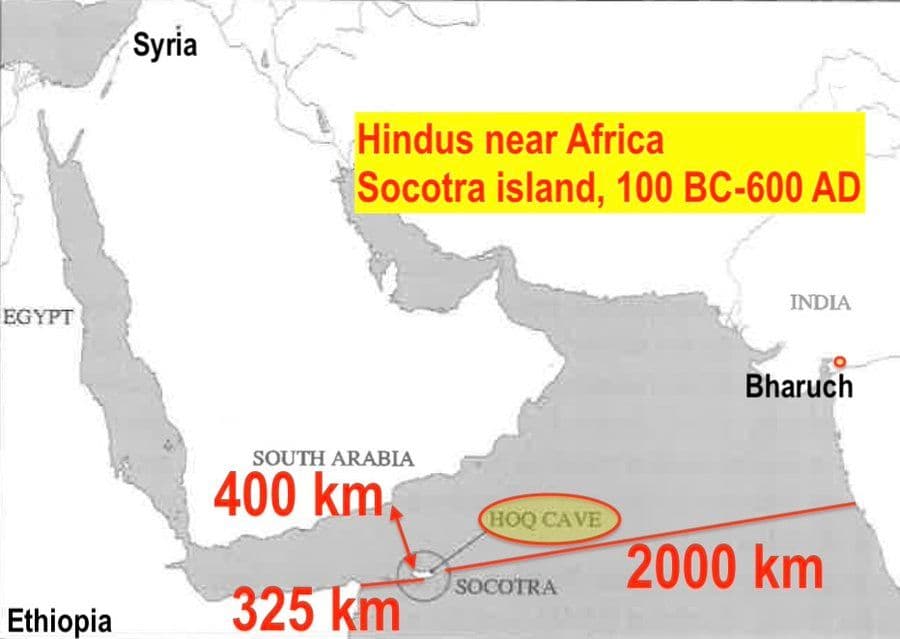
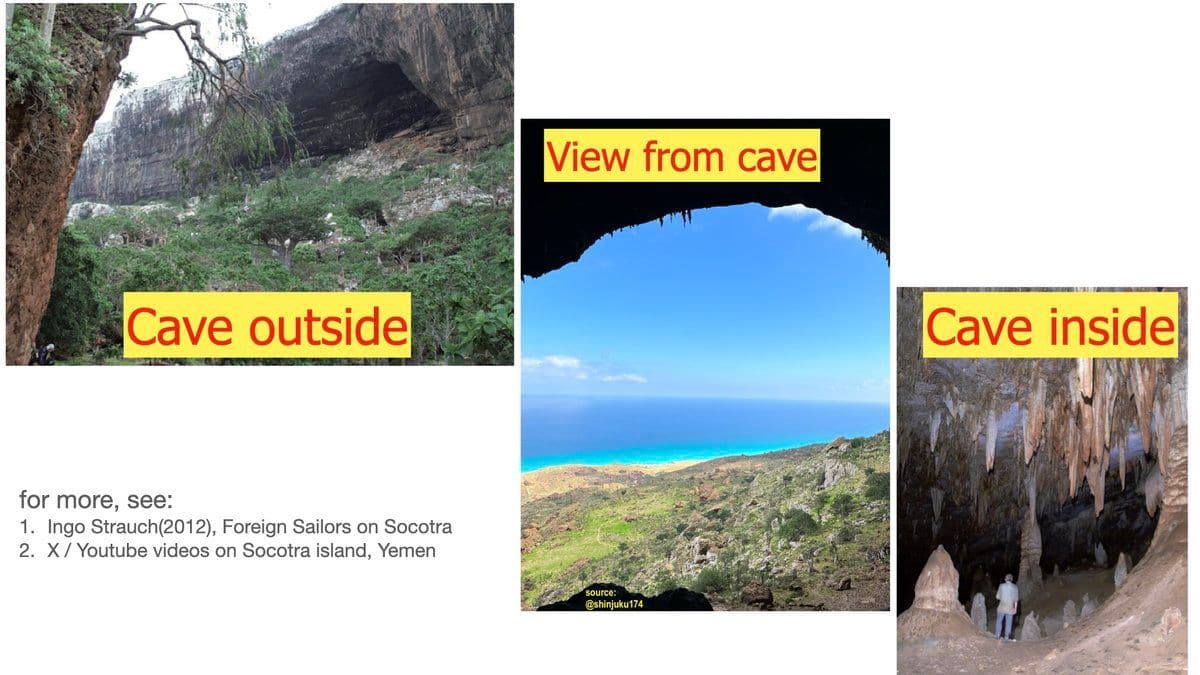
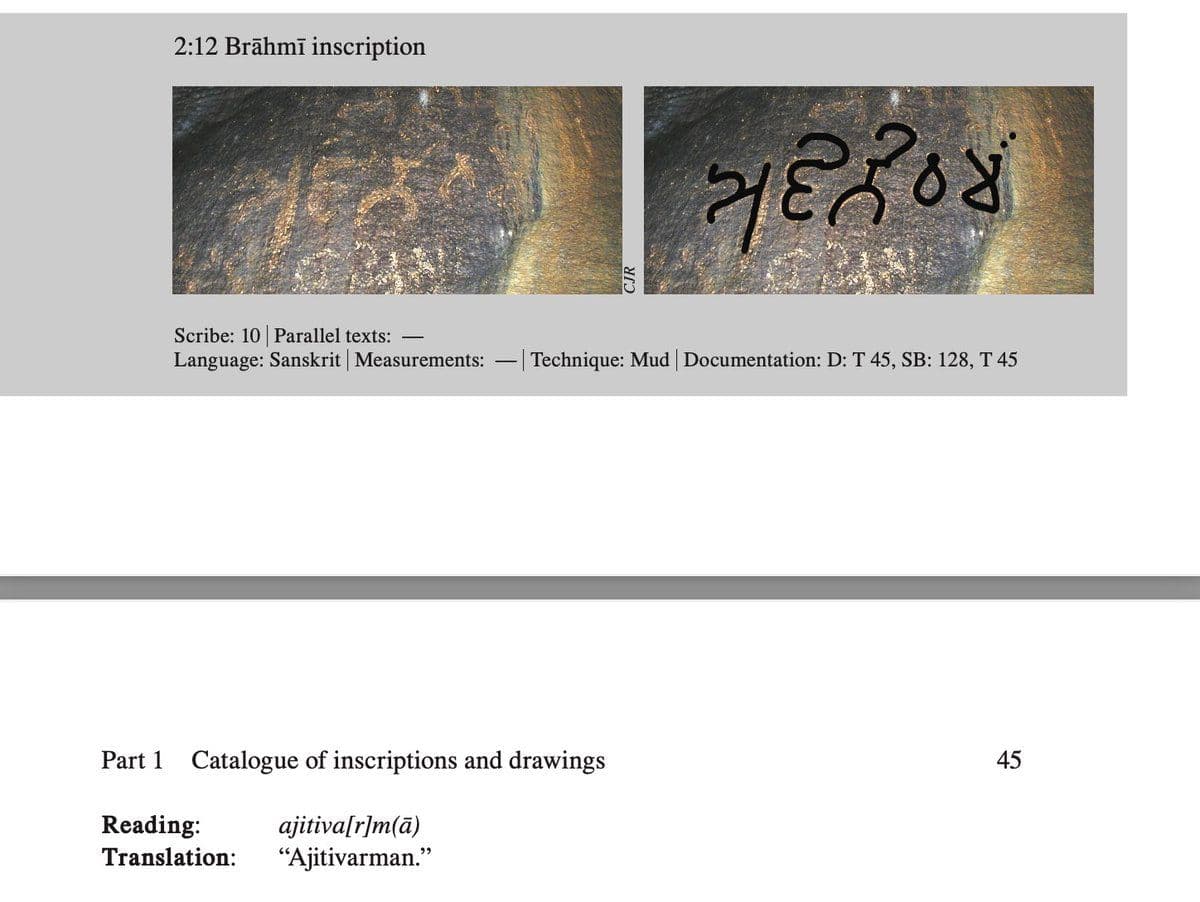
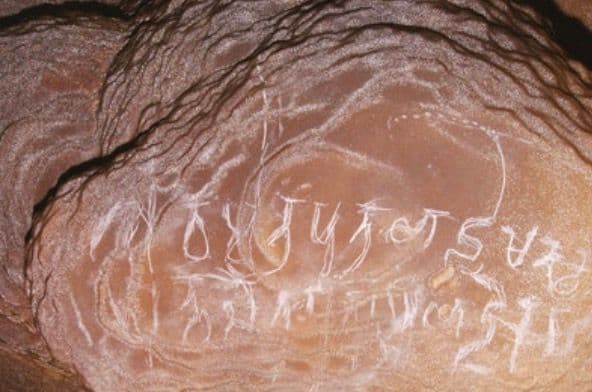
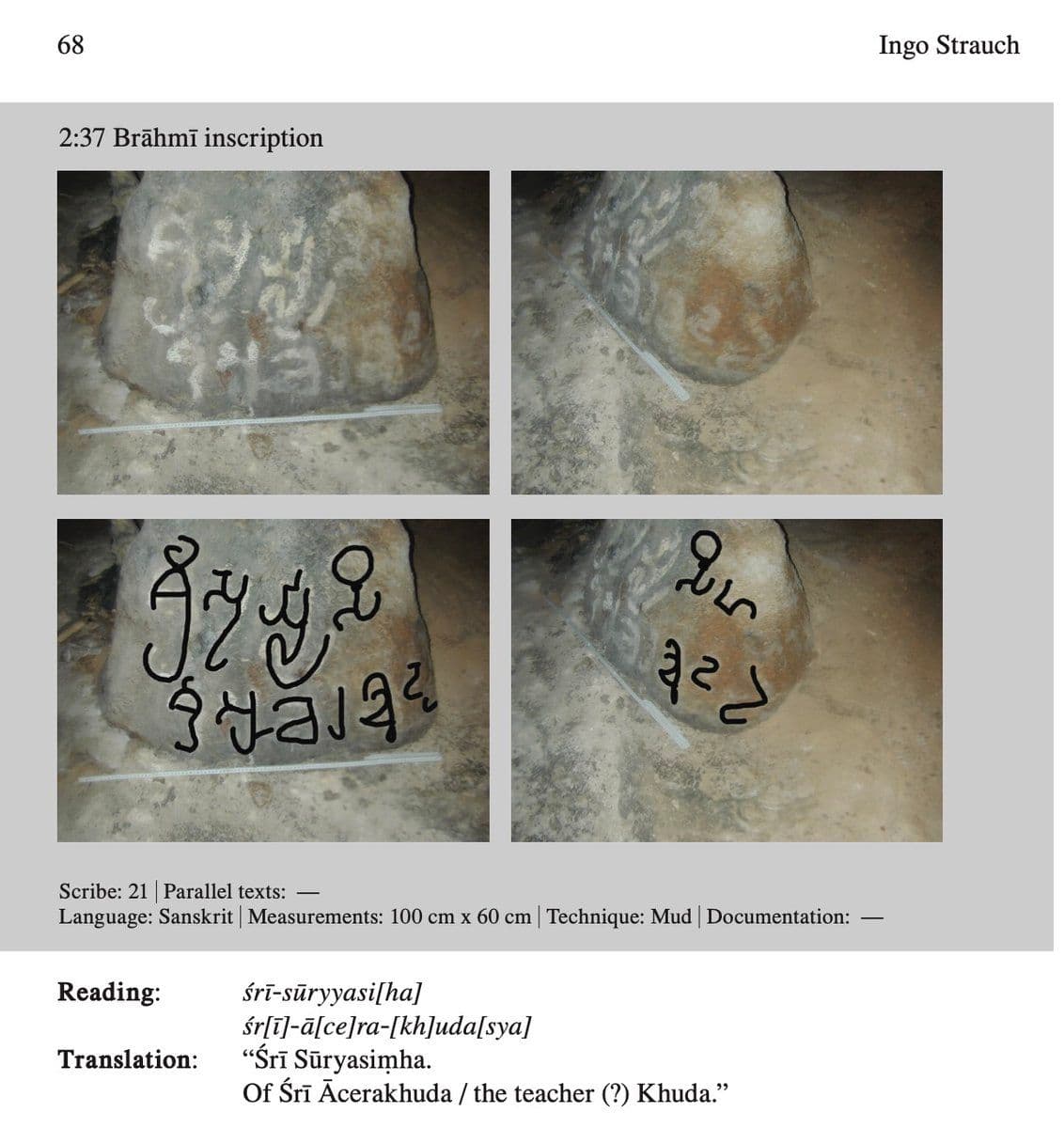
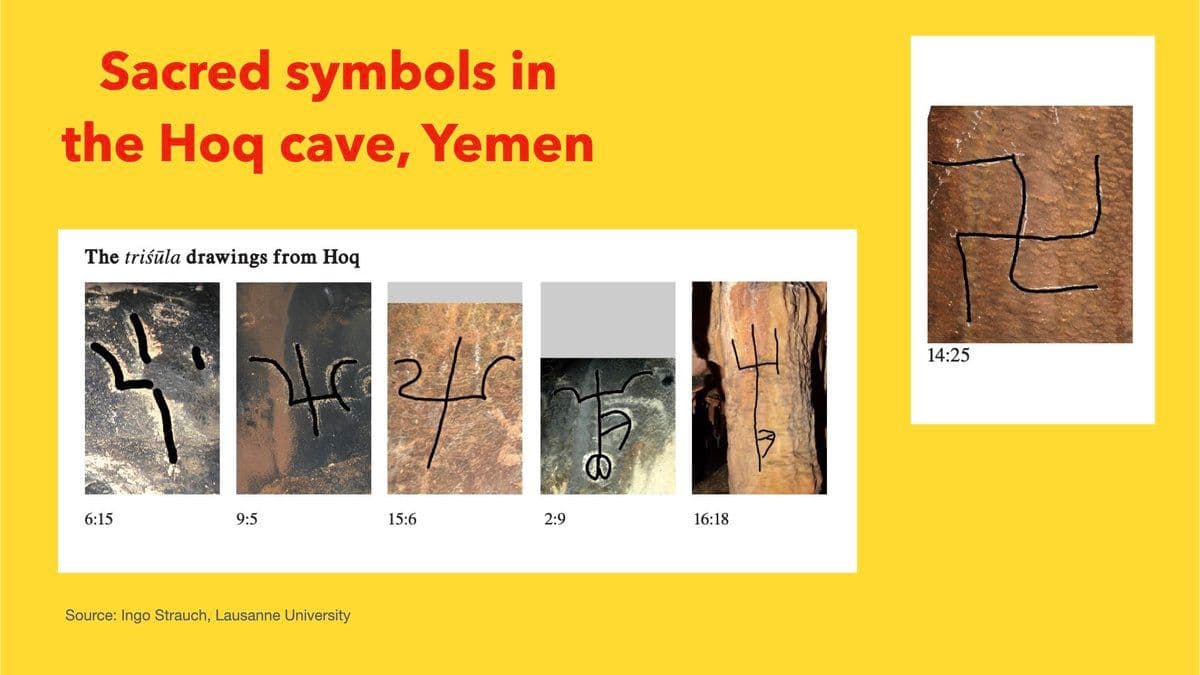
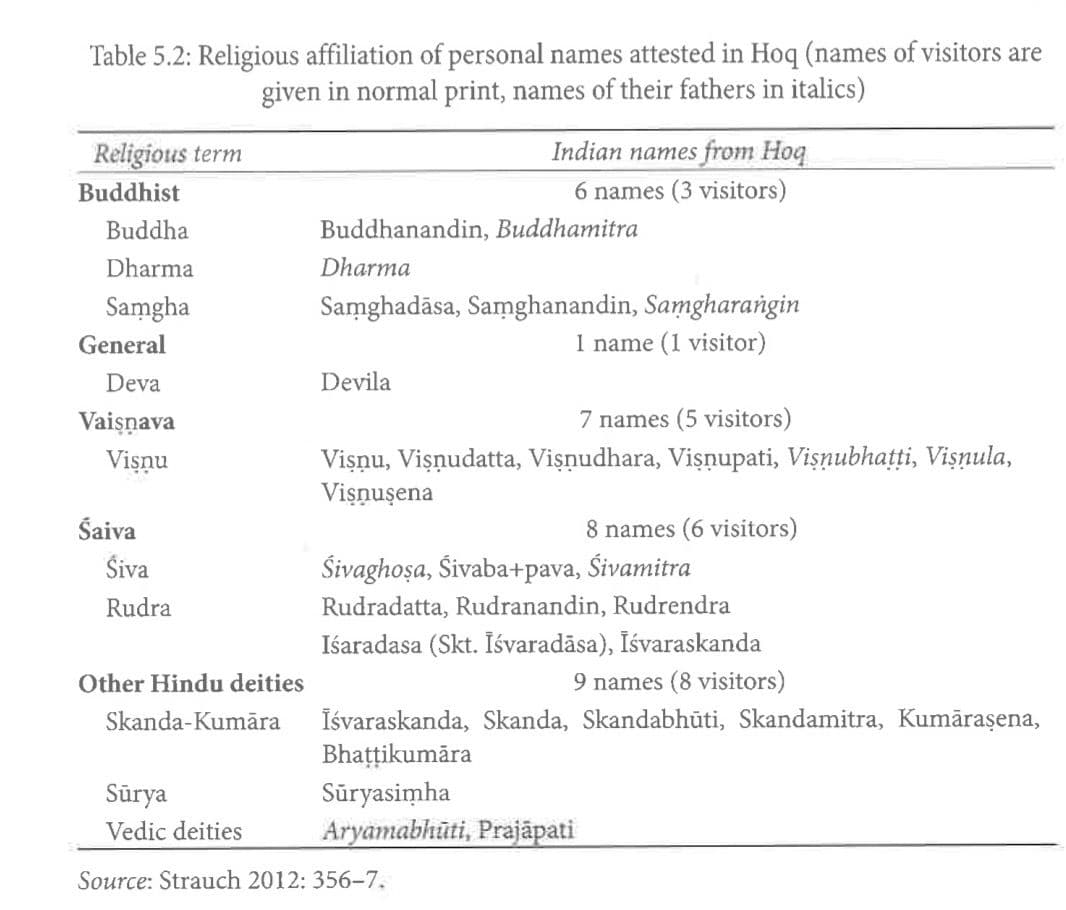
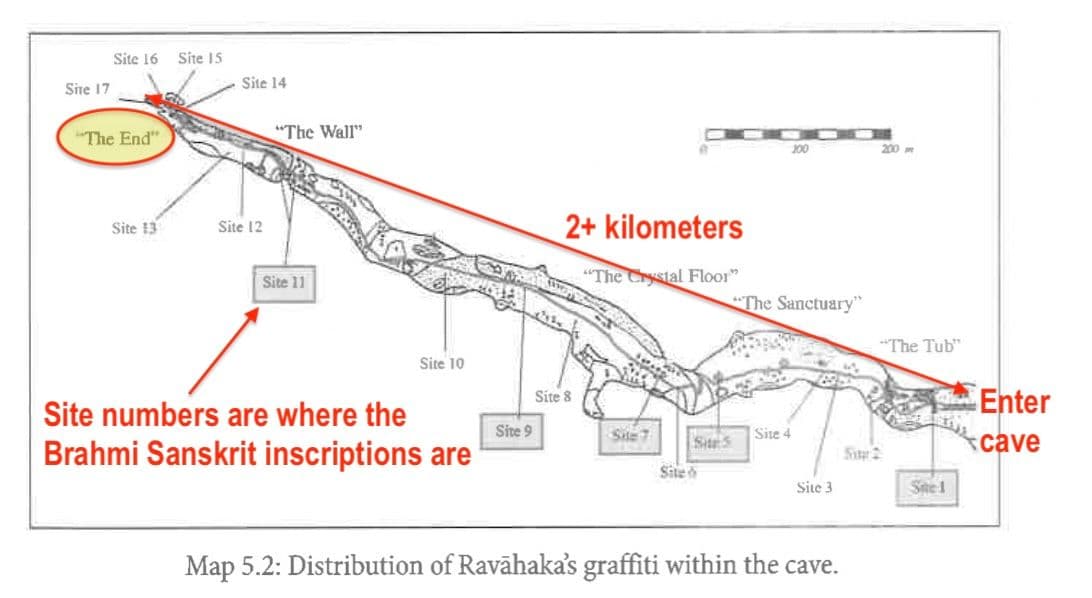
- https://twitter.com/tapeshyadav_usa/status/1747750646437310596
- Ingo Strauch (2012), Foreign Sailors on Socotra
- P.L. Shinnie (1960), Socotra